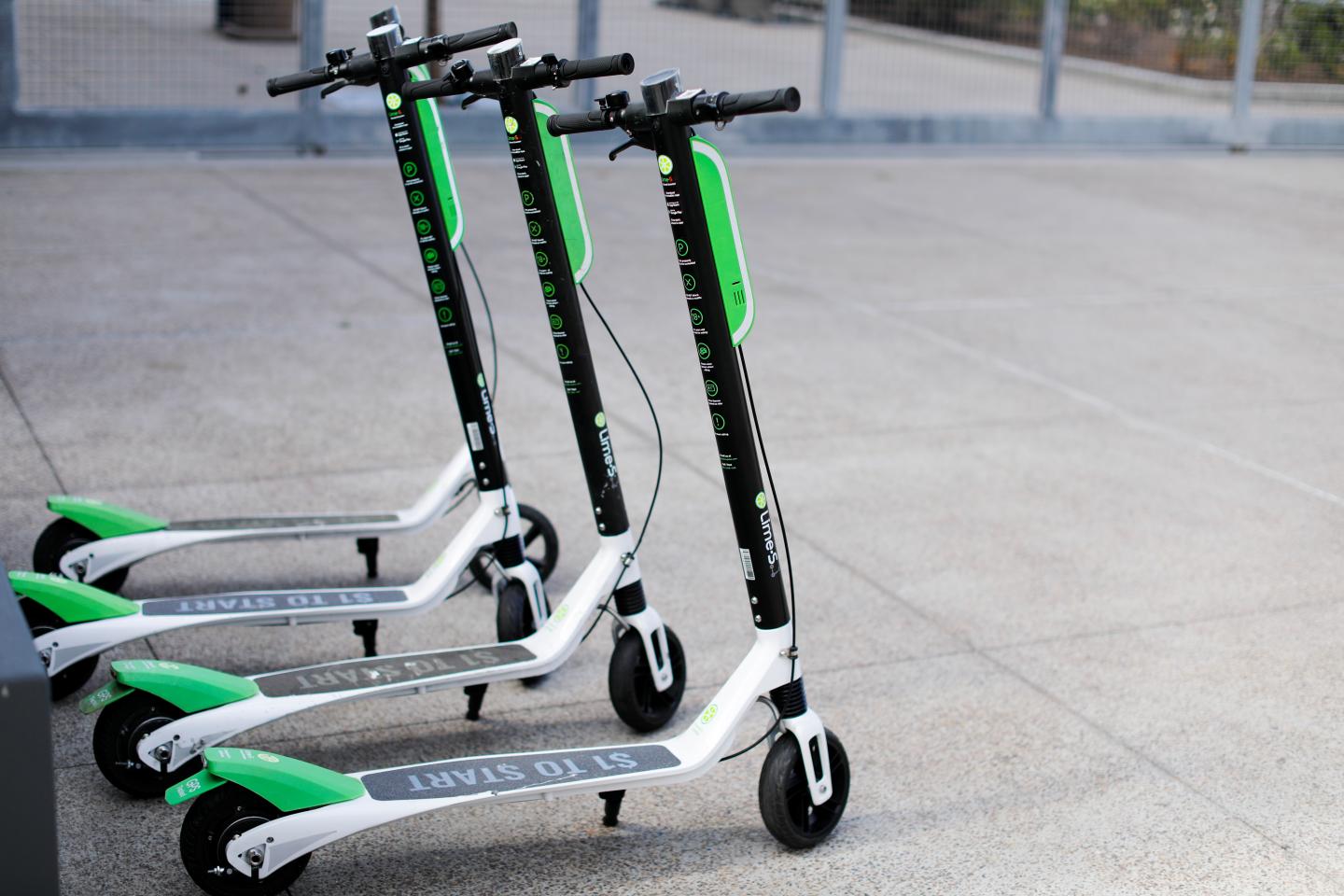
Over the last year or two, dockless electric scooters have become an increasingly common form of transportation in cities all over the country, including several cities in Texas. There is a lot of controversy regarding the safety of these e-scooters, and many city officials have found an abundance of accidents involving these methods of transit. In addition, numerous pedestrians view the e-scooters as something of a menace. , which is why the Center for Disease Control and Prevention (CDC) recently engaged in their first-ever study of e-scooter accidents.
Study Suggests Riders Should Take More Care With E-Scooters
Researchers from the CDC and the Austin Department of Health, studied e-scooters in Austin over an 87-day period last fall, from September 5 – November 30, 2018, during a year when the number of scooters in the city went from zero to 15,000. Of those 192 injured riders, 88 percent went to the Emergency Department and 14 percent ended up in the hospital. In addition, 48 percent of injured riders were between the ages of 18 and 29. Fewer than one percent of all injured riders were wearing a helmet at the time of the accident.
What the study found was a major reason why pedestrians so often perceive the scooters as a menace; it’s the riders. According to the CDC, just during that 87-day period, 192 people were injured in scooter crashes. While most of those injuries occurred while the scooters were using the street, only ten percent of those injuries were sustained in crashes with cars. Among the more troubling aspects of the study, however, was that nearly 30 percent of the people injured while riding a scooter had been drinking alcohol.
As noted, the study found that very few e-scooter riders who were riding in the street collided with cars, most injuries happened as a result of falls. Researchers found that many of the injured riders lost their balance or hit a curb or light pole. They also found that the vast majority of injured riders were men and that more than a third of the injured riders were hurt on their very first rides. More than two-thirds of injured riders had ridden an e-scooter less than 10 times, thus indicating that experience was a factor.
Injuries Are Common; Who’s At Fault?
About 70 percent of riders suffered injuries to their upper limbs, such as a shoulder, arm, wrist or hand, while 55 percent suffered injuries to lower limbs, like legs, knees feet or ankles. As the numbers show, many riders suffered injuries that fell into multiple categories. Nearly half of all injuries were head injuries, including the 15 percent that were traumatic brain injuries (TBI). Head injuries turned out to be the most common injuries related to e-scooter injuries. Traumatic brain injuries tend to be devastating and very expensive, especially when they lead to permanent disability in the survivors. While the CDC researchers did not address the potential healthcare costs or who might bear them, other experts pointed out, the costs of such injuries are more likely to be borne by the city and its taxpayers than by the companies who are peppering city streets with their e-scooters, like Lime and Bird. They came to that conclusion based on experiences with motorcycle riders who suffer TBIs in accidents. They noted that states that repealed a mandatory helmet law saw that the healthcare cost of treating TBIs more than doubled subsequent to that, much of the cost of which was paid from state Medicaid funds.
The Safety of E-Scooters Has to Be a Priority
City officials should keep revisiting the safety of e-scooters, and perhaps even set up regulations for riders with an aim of making them safer. The study also showed that those who ride e-scooters need to take some responsibility for their own safety. The study noted that all injuries were preventable, making special note that all but one injured e-scooter rider was riding without a helmet. Researchers also noted that “excessive speed” was a serious concern, with more than one-third of injured riders “reported that excessive e-scooter speed contributed to their injury,” according to the study.
